Home>Furniture & Design>Outdoor Furniture>How Often To Fertilize Outdoor Potted Plants
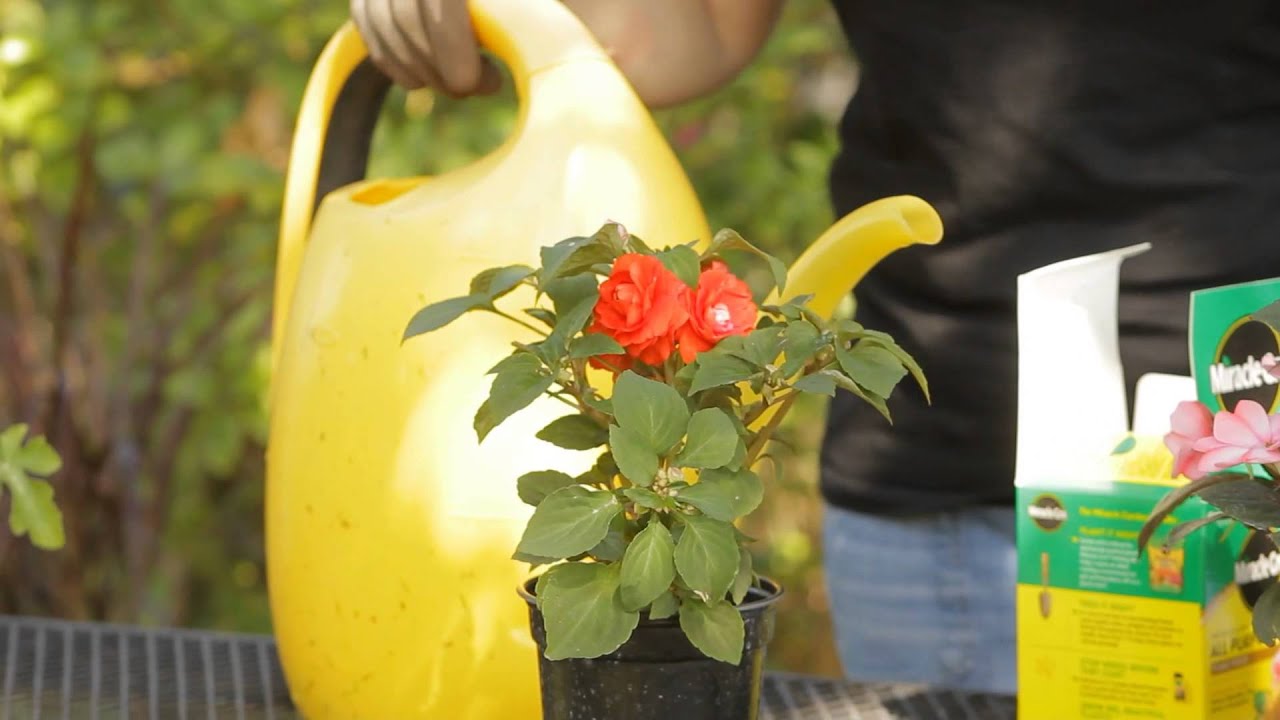

Outdoor Furniture
How Often To Fertilize Outdoor Potted Plants
Modified: January 18, 2024
Discover the best fertilizing schedule for your outdoor potted plants. Learn how to keep your outdoor furniture and design thriving with our expert tips.
(Many of the links in this article redirect to a specific reviewed product. Your purchase of these products through affiliate links helps to generate commission for Storables.com, at no extra cost. Learn more)
Introduction
Welcome to the wonderful world of outdoor potted plants! Whether you’re a seasoned gardener or just starting out, nurturing plants in containers can be incredibly rewarding. One crucial aspect of caring for outdoor potted plants is fertilization. Understanding how often to fertilize your beloved greenery is essential for their health and vitality.
When it comes to outdoor potted plants, the soil within the containers has limited access to nutrients compared to plants in the ground. As a result, it’s up to us, the caretakers, to provide the necessary nourishment through fertilization. However, determining the frequency of fertilization can be a bit of a puzzle, as it depends on various factors.
In this comprehensive guide, we’ll delve into the nuances of fertilizing outdoor potted plants, exploring the factors to consider, the types of fertilizers available, the optimal timing for fertilization, and the proper techniques to ensure your plants thrive. Additionally, we’ll touch on the signs of over-fertilization, as finding the right balance is key to maintaining healthy and vibrant potted plants.
By the end of this journey, you’ll feel confident in your ability to provide your outdoor potted plants with the nourishment they need to flourish, bringing beauty and life to your outdoor space.
Key Takeaways:
- Outdoor potted plants need regular fertilization due to limited access to nutrients in containers. Factors like plant type, soil composition, and seasonal changes influence the frequency and type of fertilizers needed.
- Choosing the right fertilizer and timing for fertilization is crucial for healthy and vibrant potted plants. Over-fertilization can harm plants, so it’s important to recognize signs and take corrective action.
Read more: How Often To Water Outdoor Potted Plants
Factors to Consider Before Fertilizing
Before diving into the realm of fertilization, it’s essential to consider several factors that can influence the frequency and type of fertilizers needed for your outdoor potted plants. Understanding these elements will empower you to make informed decisions, ensuring the optimal health and growth of your green companions.
- Plant Type: Different plants have varying nutritional requirements. Some may be heavy feeders, while others are more conservative in their needs. Understanding the specific needs of each plant species in your potted garden is crucial for effective fertilization.
- Seasonal Changes: The nutritional demands of plants can fluctuate with the seasons. For instance, during the active growing season, plants may require more frequent fertilization to support their rapid growth. In contrast, during dormancy or colder months, their needs may diminish.
- Soil Composition: The type and quality of the soil in your containers play a significant role in nutrient retention and availability to the plants. Understanding the composition of your potting mix and any potential deficiencies can guide your fertilization strategy.
- Container Size: The size of the containers housing your plants impacts the volume of soil and, consequently, the nutrients available to the plants. Smaller pots may require more frequent fertilization as their nutrient reserves deplete more rapidly.
- Environmental Conditions: Factors such as sunlight exposure, temperature, and humidity can affect the rate at which plants utilize nutrients. Hotter and sunnier conditions, for example, may increase the plants’ nutrient requirements.
- Watering Practices: The frequency and method of watering can influence nutrient leaching from the soil. Understanding how your watering routine interacts with the soil’s nutrient retention can help in determining the appropriate fertilization schedule.
By taking these factors into account, you’ll be better equipped to tailor your fertilization approach to the specific needs of your outdoor potted plants. This personalized care will contribute to healthier, more vibrant plants that enrich your outdoor living space.
Types of Fertilizers for Outdoor Potted Plants
When it comes to fertilizing outdoor potted plants, there is a diverse array of fertilizers available, each with its unique composition and benefits. Understanding the different types of fertilizers will enable you to select the most suitable option for your plants’ specific needs. Here are some common types of fertilizers used for outdoor potted plants:
- Granular Fertilizers: These are solid, slow-release fertilizers that gradually break down in the soil, providing a steady supply of nutrients to the plants over an extended period. They are convenient for those who prefer less frequent applications and seek a long-lasting nutrient source.
- Liquid Fertilizers: Liquid fertilizers are fast-acting and are quickly absorbed by the plants’ roots. They are often used for regular or periodic feeding, providing an immediate nutrient boost to support plant growth and vitality.
- Organic Fertilizers: Derived from natural sources such as compost, manure, or plant-based materials, organic fertilizers enrich the soil with essential nutrients while improving its overall structure and fertility. They are favored for their environmentally friendly nature and ability to enhance soil health over time.
- Spike or Stick Fertilizers: These are pre-measured fertilizer spikes or sticks that are inserted into the soil, gradually releasing nutrients to the plant’s root zone. They offer a convenient and targeted approach to fertilization, especially for individual containers.
- Water-Soluble Fertilizers: These fertilizers are designed to be dissolved in water, creating a nutrient-rich solution that can be easily applied to the plants through watering. They are versatile and suitable for regular feeding, providing an efficient means of delivering essential nutrients to the plants.
Each type of fertilizer has its advantages and considerations, and the choice depends on factors such as the plants’ nutritional requirements, your preferred application frequency, and environmental considerations. Furthermore, it’s important to consider the balance of essential nutrients, including nitrogen (N), phosphorus (P), and potassium (K), often referred to as NPK, to ensure comprehensive plant nutrition.
By understanding the characteristics of these fertilizers, you can make informed decisions that align with your plants’ needs, promoting robust growth and vibrant foliage in your outdoor potted garden.
When to Fertilize Outdoor Potted Plants
Timing is crucial when it comes to fertilizing outdoor potted plants, as it directly impacts the plants’ ability to absorb and utilize nutrients effectively. Understanding the optimal timing for fertilization will help you provide your plants with the nourishment they need at the right moments, supporting their growth and overall well-being. Here are key considerations for determining when to fertilize your outdoor potted plants:
- Start of Growing Season: As plants emerge from dormancy and enter their active growth phase, they benefit from a nutrient boost to fuel their development. Fertilizing at the beginning of the growing season helps set the stage for healthy, vigorous growth and abundant blooms.
- Mid-Season Maintenance: Throughout the peak growing months, periodic fertilization can sustain the plants’ vitality and address any nutrient depletion in the soil. This mid-season maintenance supports continuous flowering, fruiting, and foliage production.
- Transition to Dormancy: As the growing season winds down and plants prepare for dormancy, adjusting the fertilization frequency and formulation can help facilitate a smooth transition. Providing the right nutrients at this stage can promote root development and strengthen the plants for the upcoming dormant period.
- Specialized Feeding Needs: Certain plants may have specific feeding requirements based on their growth habits and flowering patterns. For example, heavy-flowering plants or those with high fruiting demands may benefit from targeted fertilization during critical stages of their reproductive cycle.
- Environmental Factors: Environmental conditions, such as temperature, sunlight exposure, and rainfall patterns, can influence the rate at which nutrients are utilized by the plants. Adjusting the fertilization schedule to accommodate these factors can optimize nutrient uptake and utilization.
It’s important to observe your plants closely and assess their overall health and growth to determine the most appropriate times for fertilization. Additionally, following the guidelines provided for specific plant species or cultivars can offer valuable insights into their unique nutritional needs throughout the growing season.
By aligning your fertilization schedule with the plants’ growth stages and seasonal changes, you can provide targeted nourishment that enhances their resilience, beauty, and productivity in your outdoor potted garden.
Fertilize outdoor potted plants every 4-6 weeks during the growing season. Use a balanced fertilizer with equal parts nitrogen, phosphorus, and potassium for best results.
How to Fertilize Outdoor Potted Plants
Fertilizing outdoor potted plants is a vital aspect of their care, and employing the proper techniques ensures that the plants receive the essential nutrients they need to thrive. By following best practices for fertilization, you can maximize the effectiveness of the nutrients while minimizing the risk of over-fertilization and potential harm to your plants. Here’s a guide on how to fertilize your outdoor potted plants effectively:
- Choose the Right Fertilizer: Select a fertilizer that aligns with the specific needs of your plants and the stage of growth they are in. Consider factors such as the formulation, release mechanism, and nutrient balance to make an informed choice.
- Follow Application Guidelines: Adhere to the recommended application rates and frequencies provided on the fertilizer packaging. Over or under-fertilizing can have adverse effects on the plants, so it’s crucial to measure and apply the fertilizer accurately.
- Apply to Moist Soil: Fertilize your plants when the soil is already moist from watering. This helps distribute the nutrients evenly and minimizes the risk of root burn that can occur when applying fertilizer to dry soil.
- Even Distribution: Sprinkle granular fertilizers evenly over the soil surface, avoiding direct contact with the plant foliage. For liquid or water-soluble fertilizers, dilute the solution as per the instructions and apply it evenly to the soil around the plants.
- Incorporate into Soil: Gently work granular fertilizers into the top layer of the soil using a hand trowel or fork, ensuring that they are incorporated into the root zone. For liquid fertilizers, water the plants immediately after application to facilitate nutrient penetration into the soil.
- Monitor and Adjust: Regularly assess the condition of your plants and monitor their response to fertilization. If necessary, adjust the fertilization schedule or formulation based on the plants’ growth and overall health.
By following these steps, you can fertilize your outdoor potted plants in a manner that optimizes nutrient uptake and promotes robust, healthy growth. Additionally, maintaining a consistent fertilization routine and adapting it to the changing needs of your plants throughout the growing season will contribute to their long-term vitality and beauty.
Signs of Over-Fertilization
While fertilization is essential for the health and vitality of outdoor potted plants, it’s crucial to be mindful of the potential risks of over-fertilization. Providing excessive nutrients can lead to imbalances in the soil, causing harm to the plants and disrupting their overall well-being. Recognizing the signs of over-fertilization allows you to take corrective action and prevent potential damage. Here are common indicators of over-fertilization in outdoor potted plants:
- Burnt or Discolored Foliage: Excessive fertilization can cause the edges of the leaves to turn brown or yellow, indicating a condition known as leaf scorch. This occurs when the plant’s roots are unable to absorb and process the surplus nutrients, leading to damage in the foliage.
- Stunted Growth: Instead of promoting healthy growth, over-fertilization can hinder the plants’ development, resulting in stunted or distorted growth patterns. This may manifest as smaller leaves, reduced flowering, or overall diminished vigor in the plants.
- Wilting and Leaf Drop: Over-fertilization can disrupt the balance of water uptake in plants, leading to wilting, limp foliage, and premature leaf drop. The excess salts from the fertilizer can cause dehydration and impair the plants’ ability to regulate water effectively.
- Excessive Vegetative Growth: Some plants may respond to over-fertilization by producing an abundance of foliage at the expense of flowering or fruiting. This imbalance in vegetative growth can detract from the plants’ overall health and productivity.
- Soil Salinity: Over time, excessive fertilization can elevate the salt levels in the soil, leading to a condition known as soil salinity. This can negatively impact the soil structure and the plants’ ability to absorb water and nutrients, further exacerbating the issue.
Should you observe any of these signs in your outdoor potted plants, it’s important to take remedial measures promptly. This may involve leaching the soil by thoroughly watering the containers to flush out excess salts and nutrients, adjusting the fertilization schedule, or repotting the plants in fresh, well-draining soil to mitigate the effects of over-fertilization.
By remaining vigilant and responsive to the plants’ feedback, you can maintain a healthy fertilization regimen that supports their well-being without risking the detrimental effects of over-fertilization.
Conclusion
Embarking on the journey of caring for outdoor potted plants is a delightful endeavor that allows you to cultivate natural beauty and greenery in your outdoor spaces. Fertilization is a fundamental aspect of nurturing these plants, providing them with the essential nutrients they need to thrive and adorn your surroundings with lush foliage and vibrant blooms.
By considering factors such as plant type, seasonal changes, soil composition, container size, environmental conditions, and watering practices, you can tailor your fertilization approach to meet the specific needs of your outdoor potted plants. Understanding the diverse types of fertilizers available empowers you to make informed choices that support the health and vitality of your green companions.
Timing your fertilization efforts to align with the plants’ growth stages, seasonal transitions, and specialized feeding needs ensures that they receive targeted nourishment at the most opportune moments. Employing proper fertilization techniques, such as choosing the right fertilizer, applying it to moist soil, and monitoring the plants’ response, maximizes the effectiveness of the nutrients while minimizing the risk of over-fertilization.
Recognizing the signs of over-fertilization and taking corrective action when necessary safeguards your plants from potential harm, allowing them to flourish and thrive in their container homes. By maintaining a balanced and attentive approach to fertilization, you can create an environment where your outdoor potted plants thrive, bringing joy and natural splendor to your outdoor living spaces.
As you continue your journey of tending to your outdoor potted plants, may the knowledge and insights gained from this guide serve as a valuable companion, enriching your experience and fostering a deeper connection with the green world around you.
Frequently Asked Questions about How Often To Fertilize Outdoor Potted Plants
Was this page helpful?
At Storables.com, we guarantee accurate and reliable information. Our content, validated by Expert Board Contributors, is crafted following stringent Editorial Policies. We're committed to providing you with well-researched, expert-backed insights for all your informational needs.
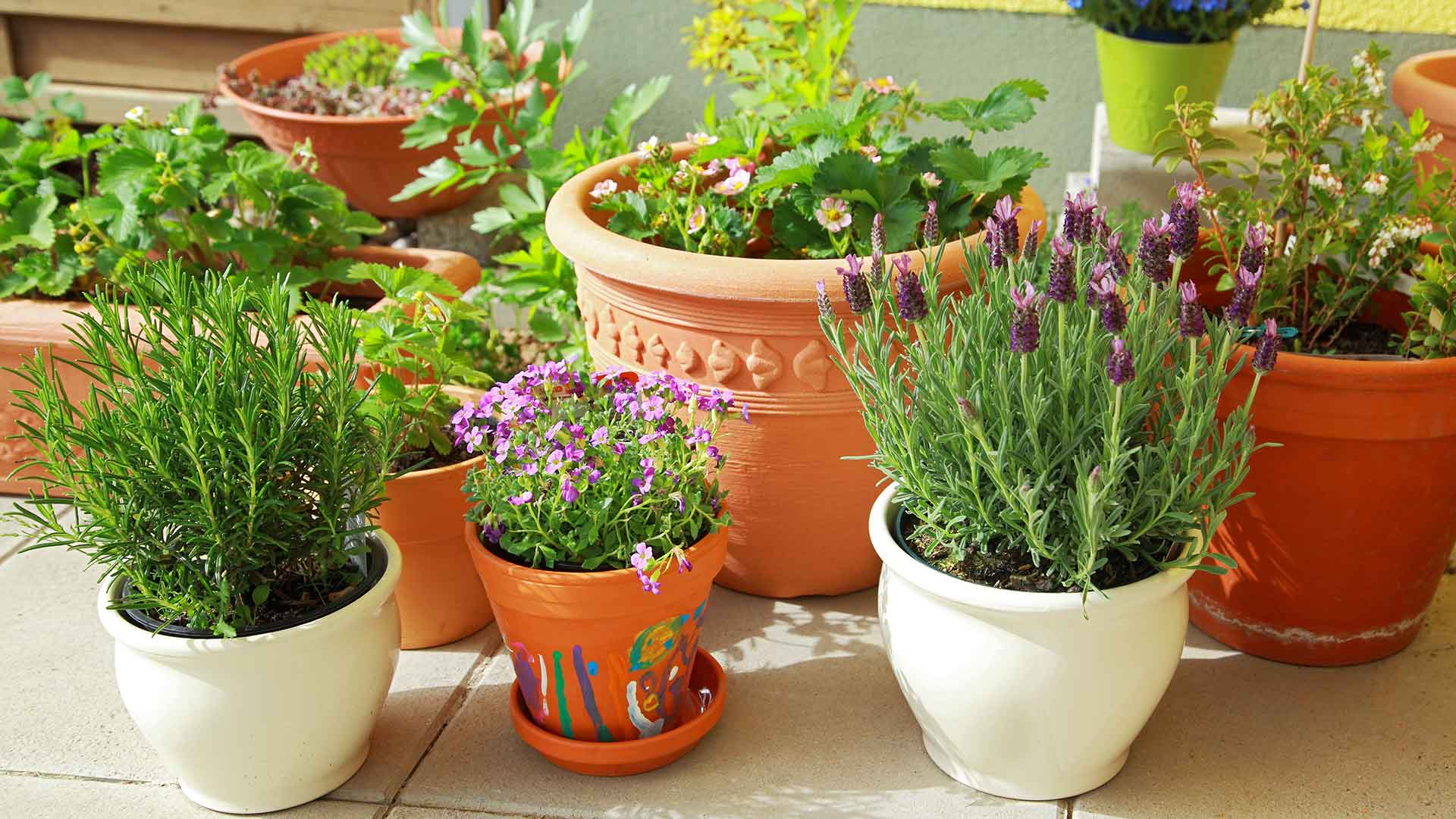
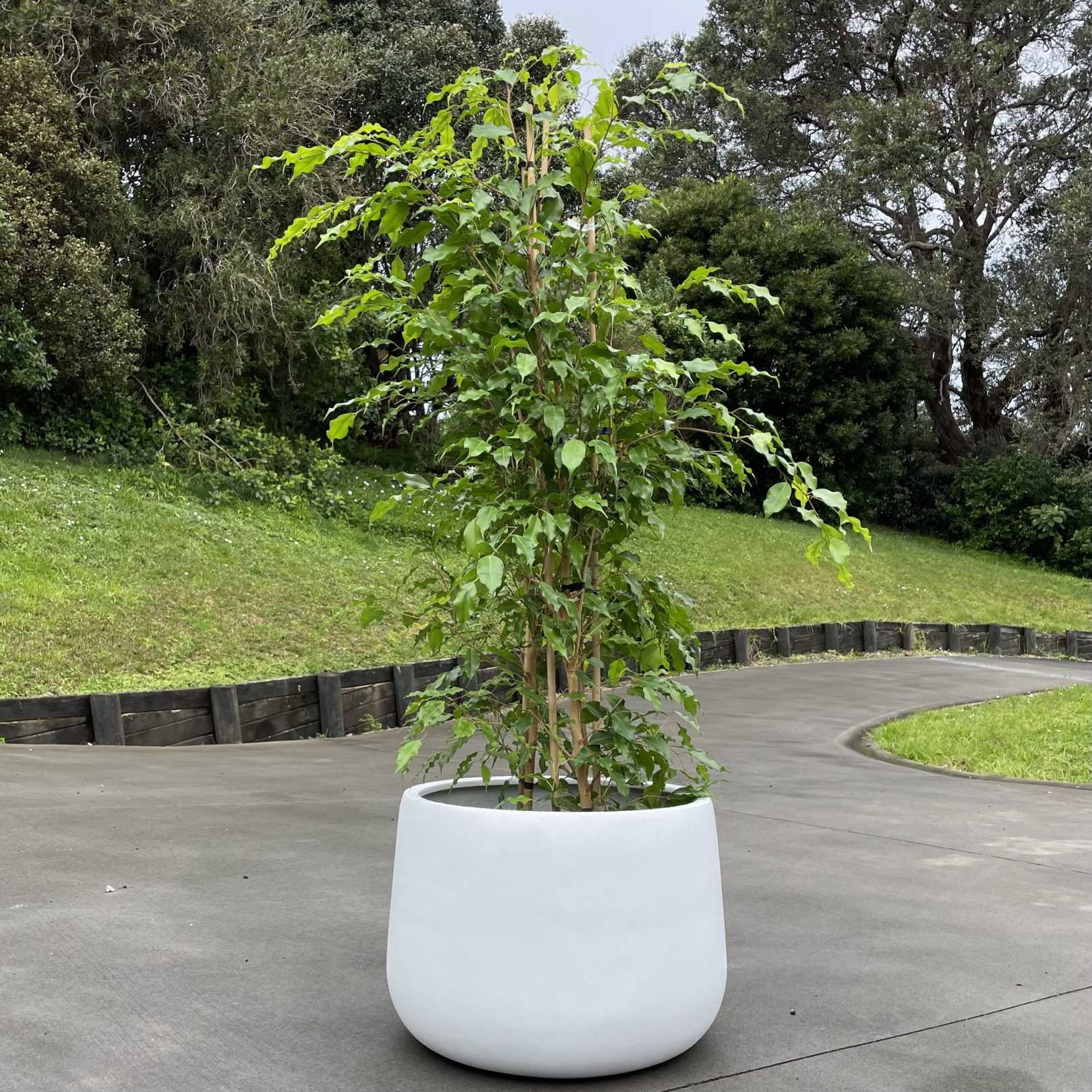
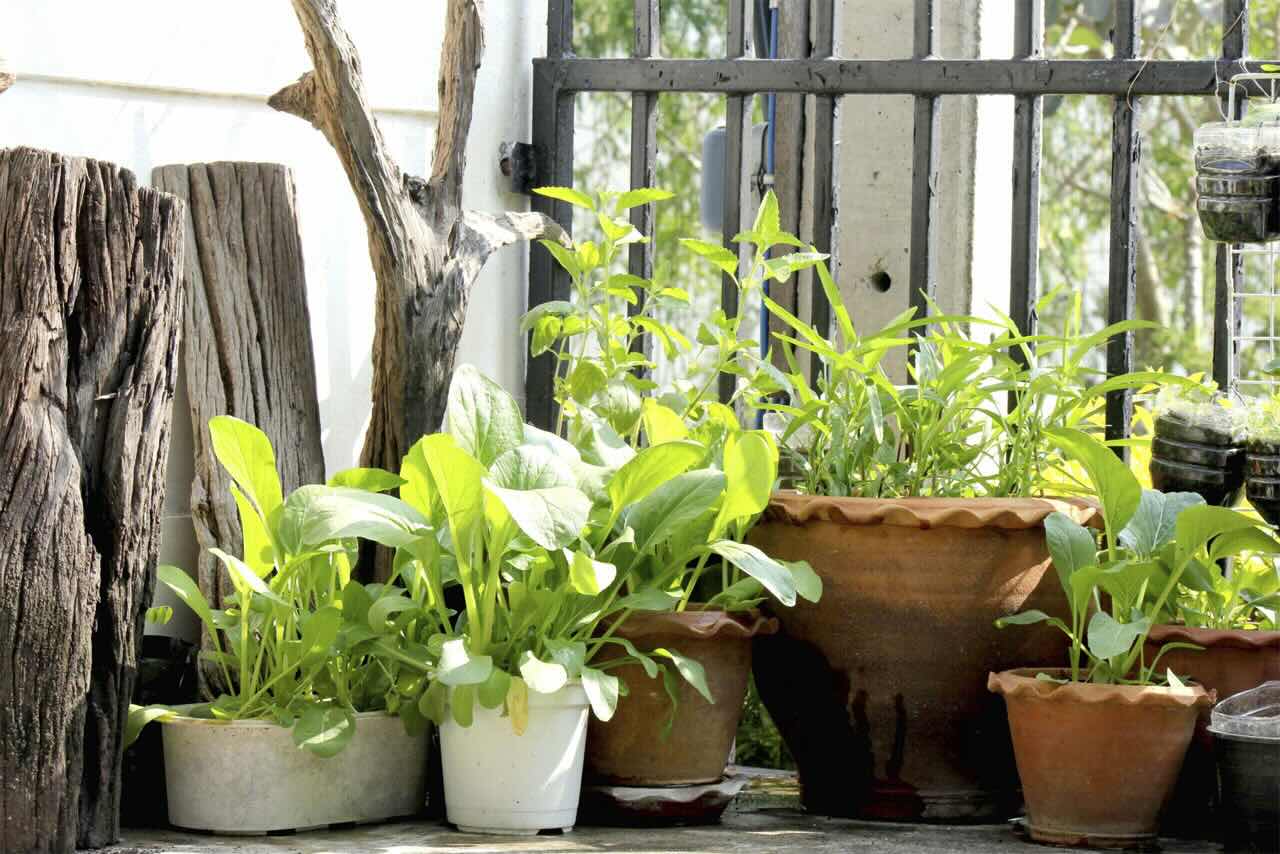
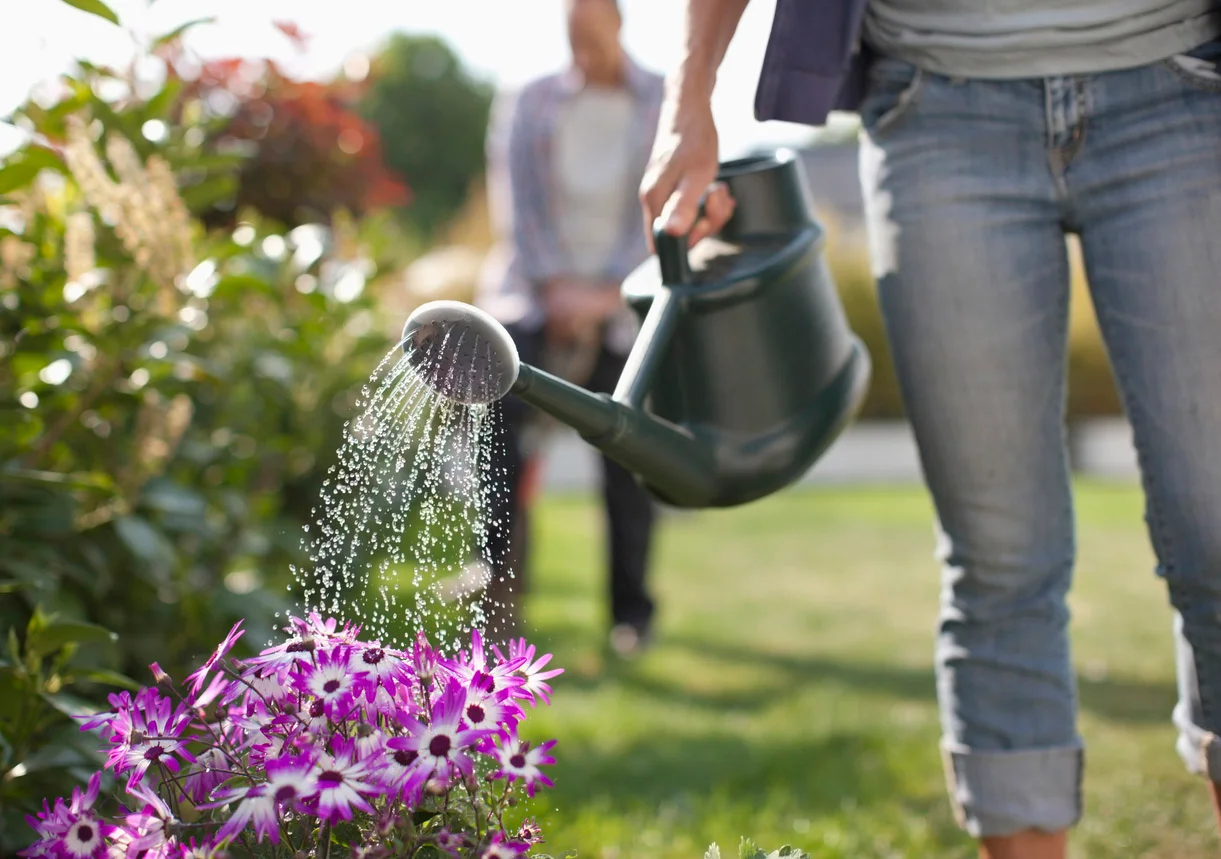
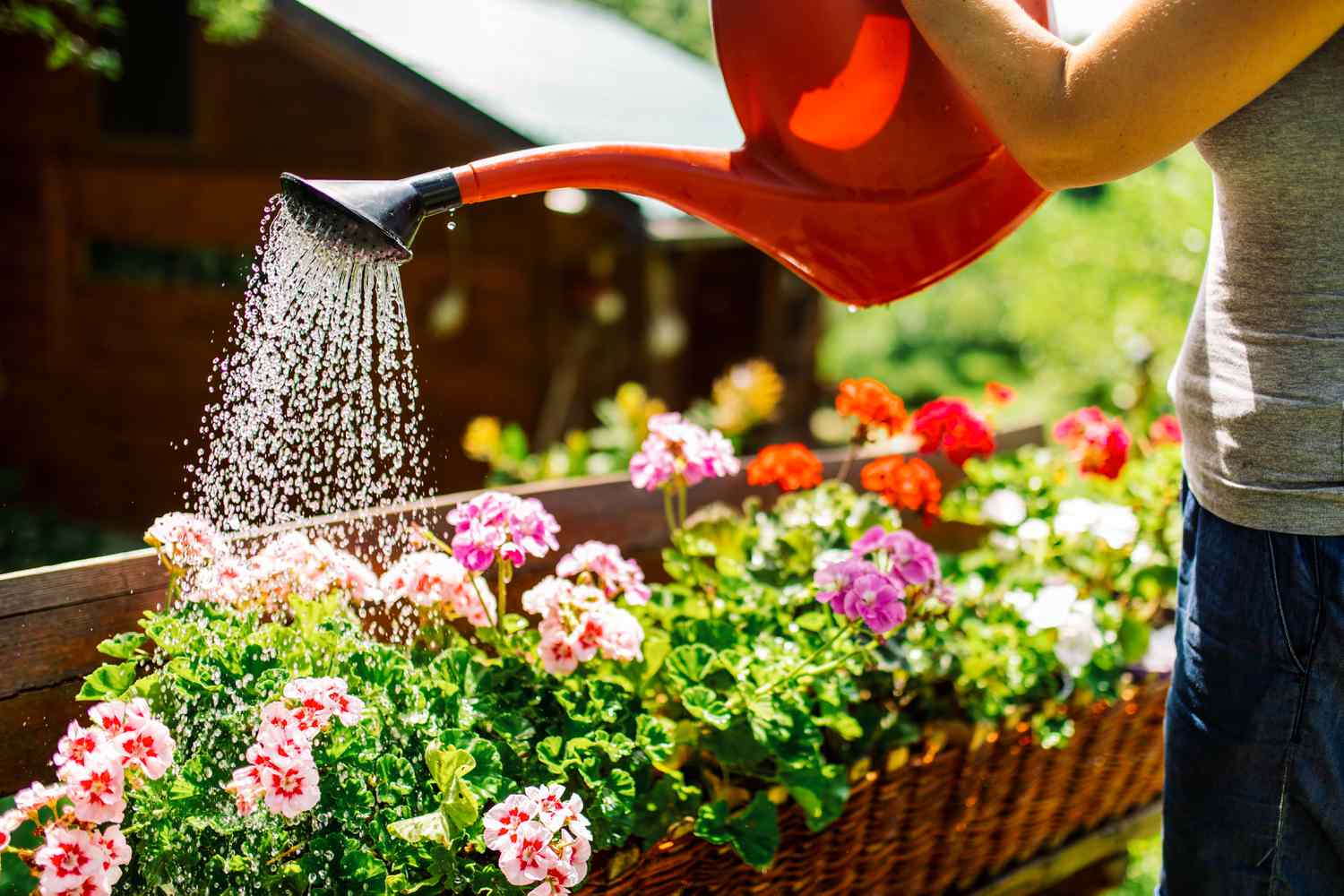
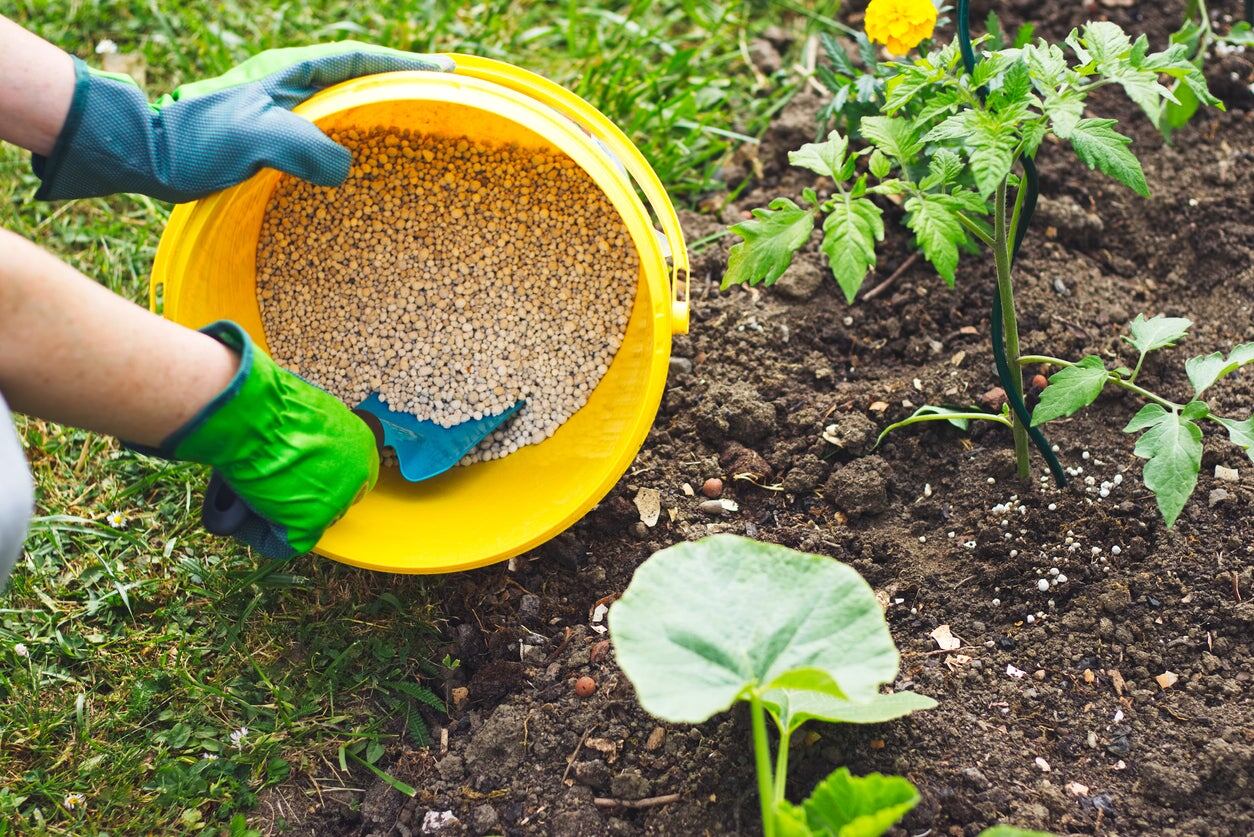
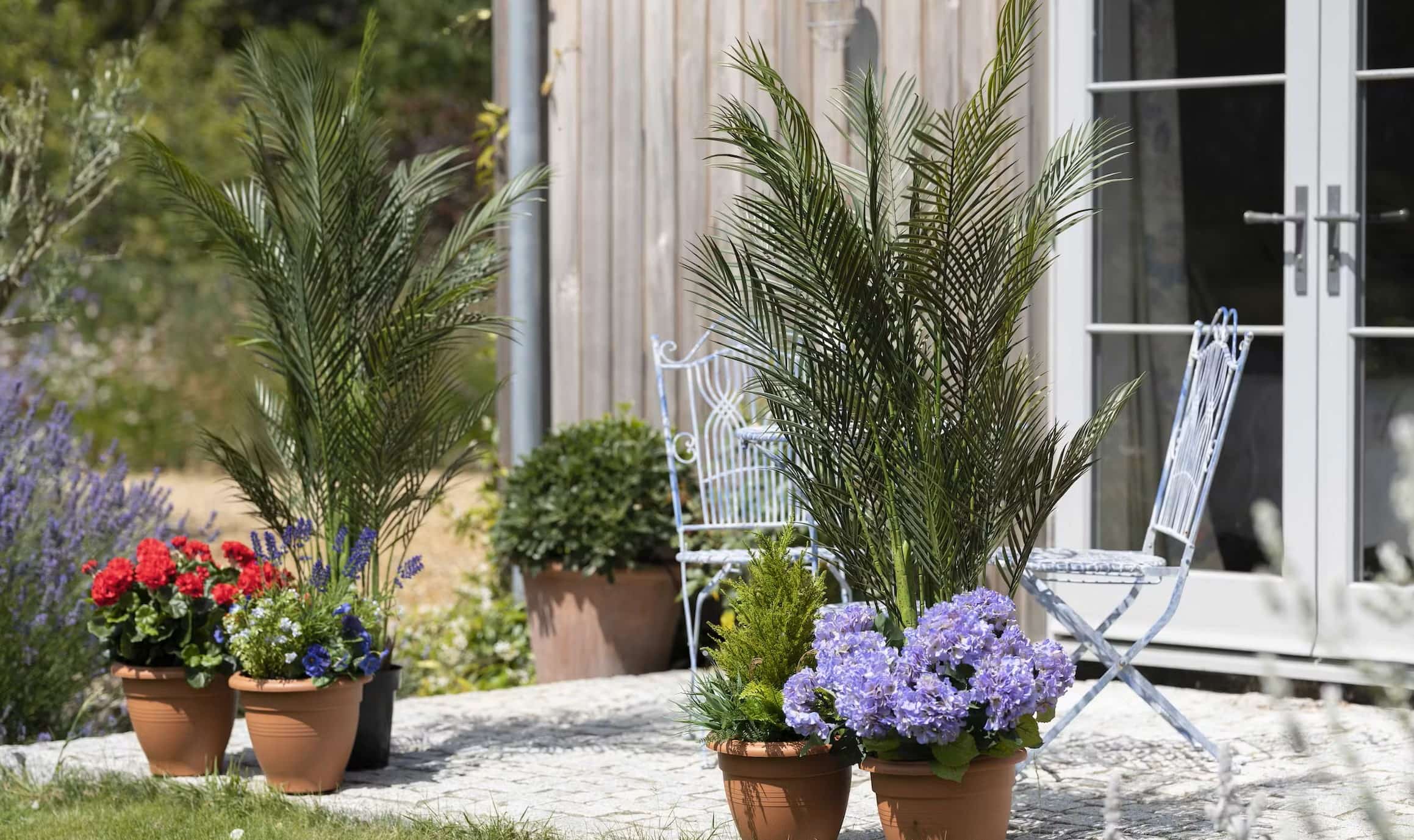
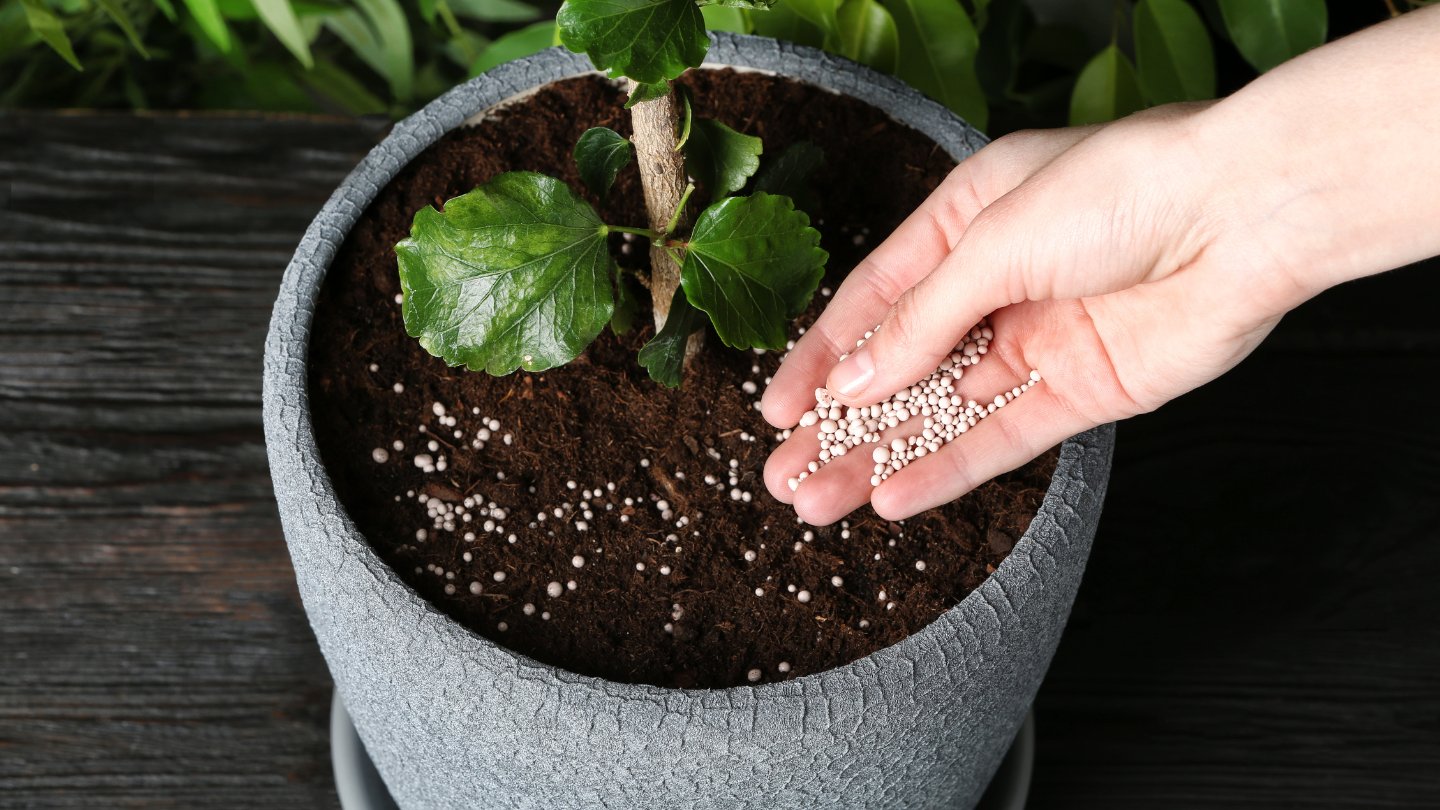
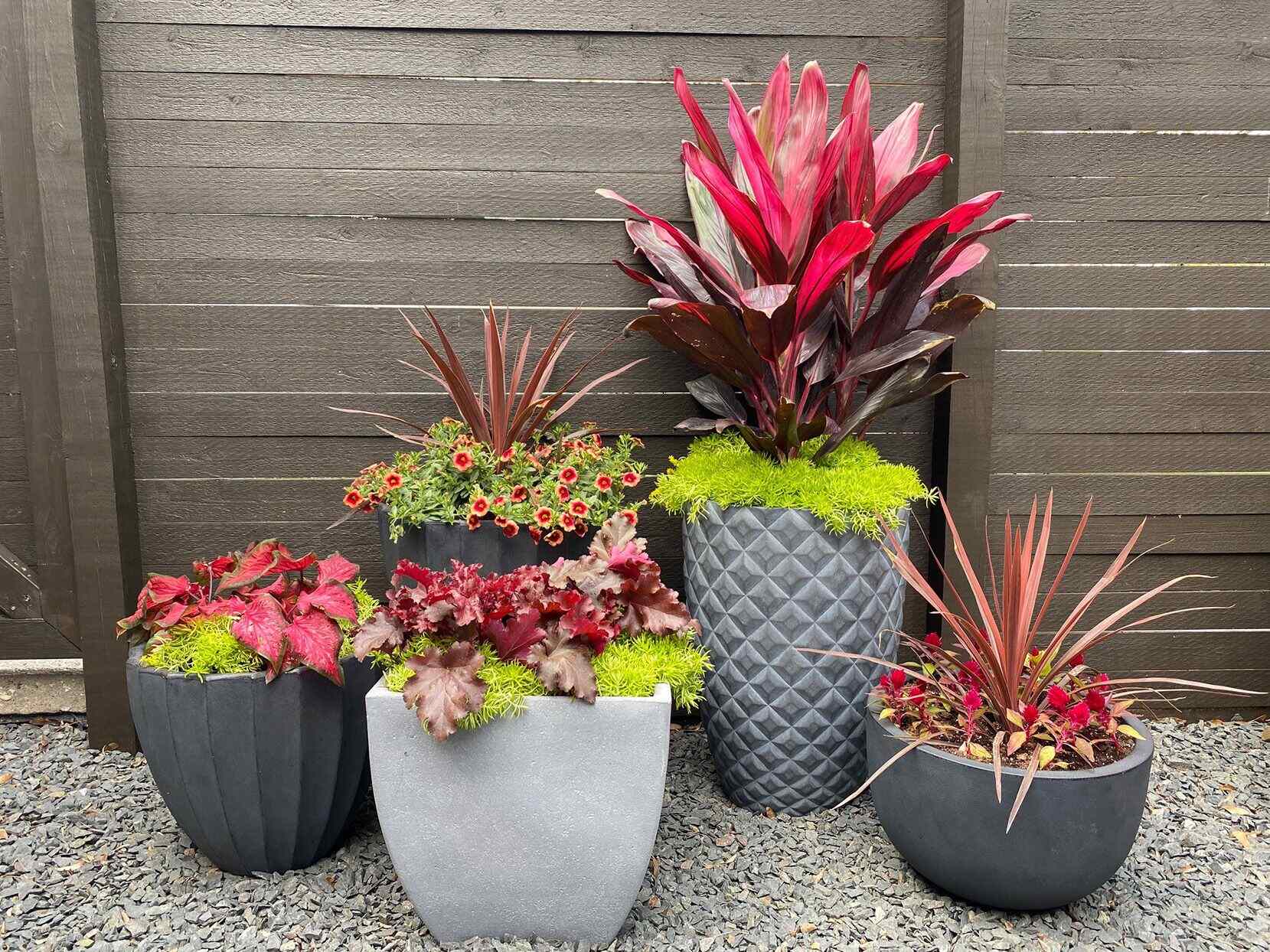
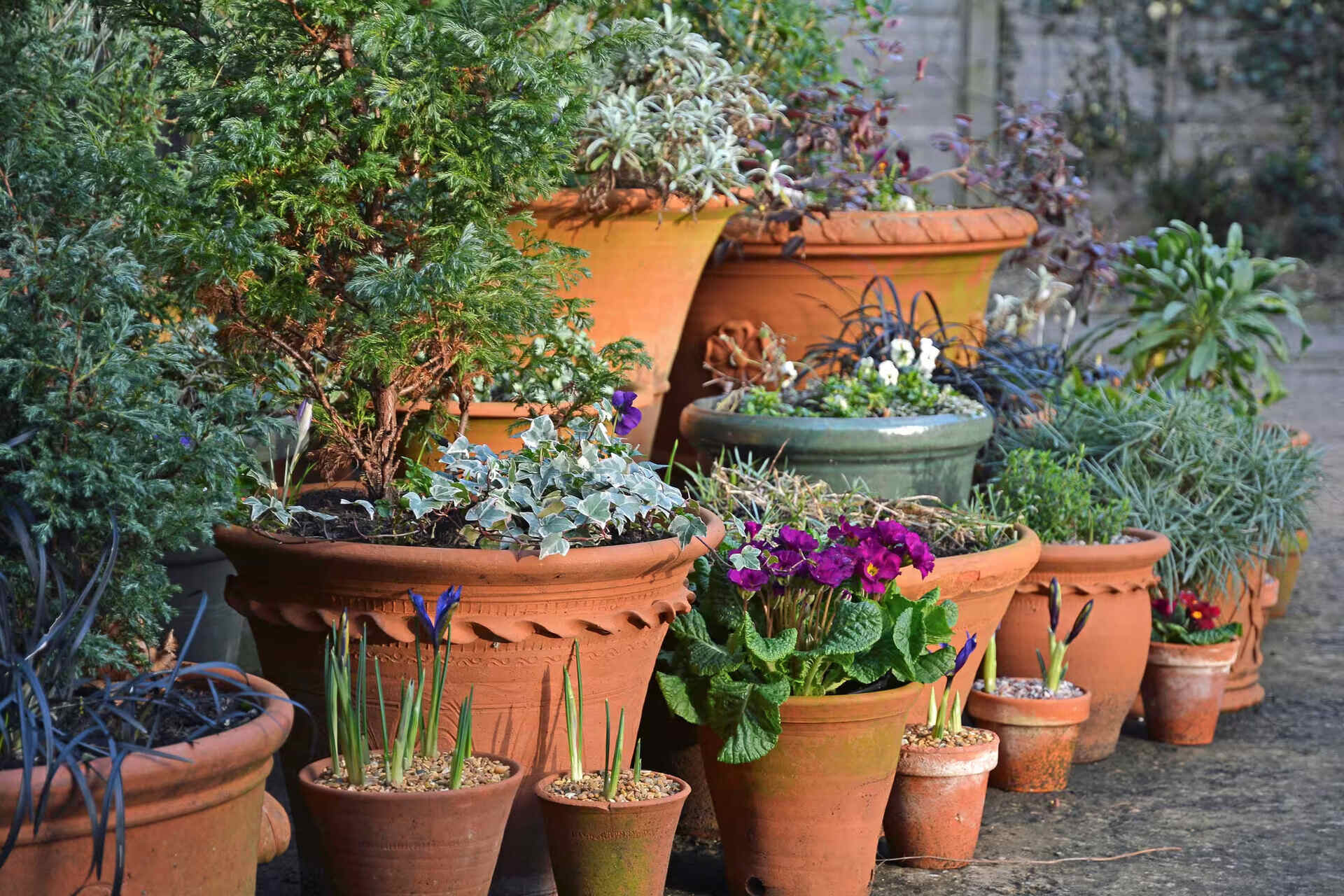
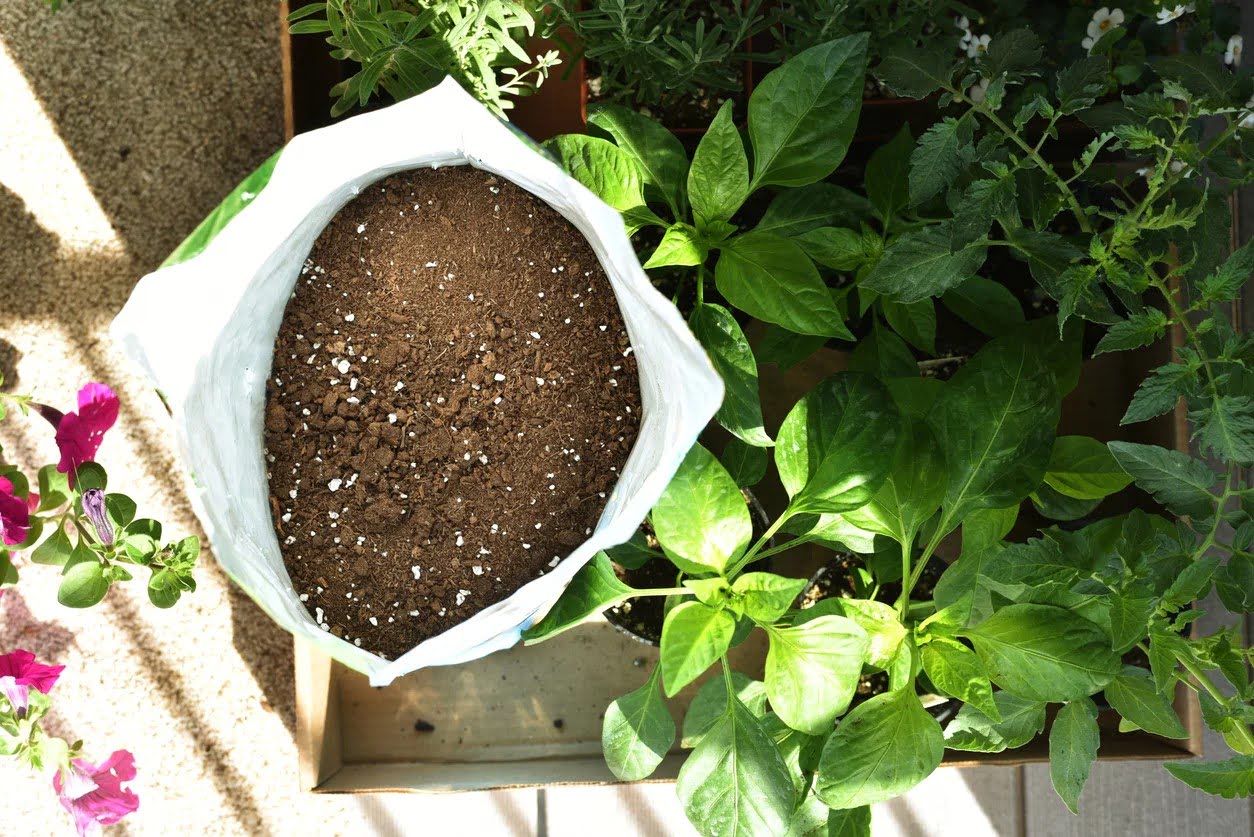
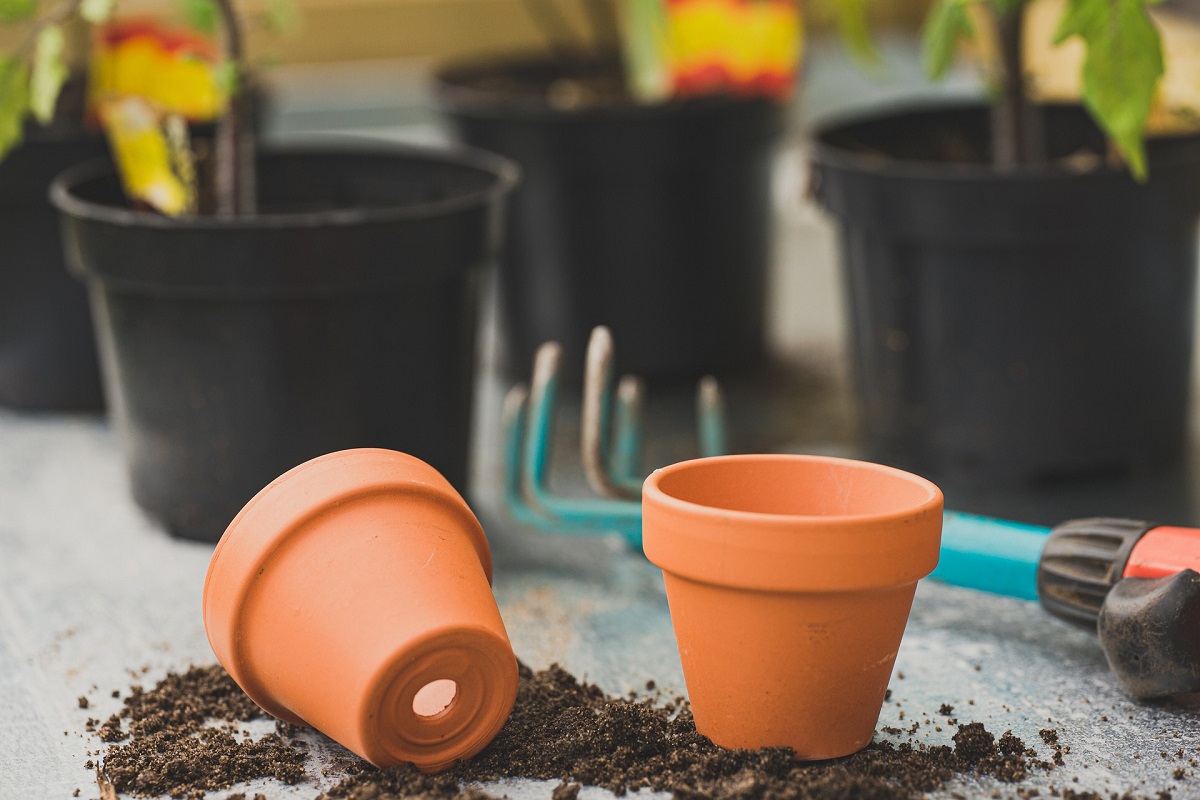
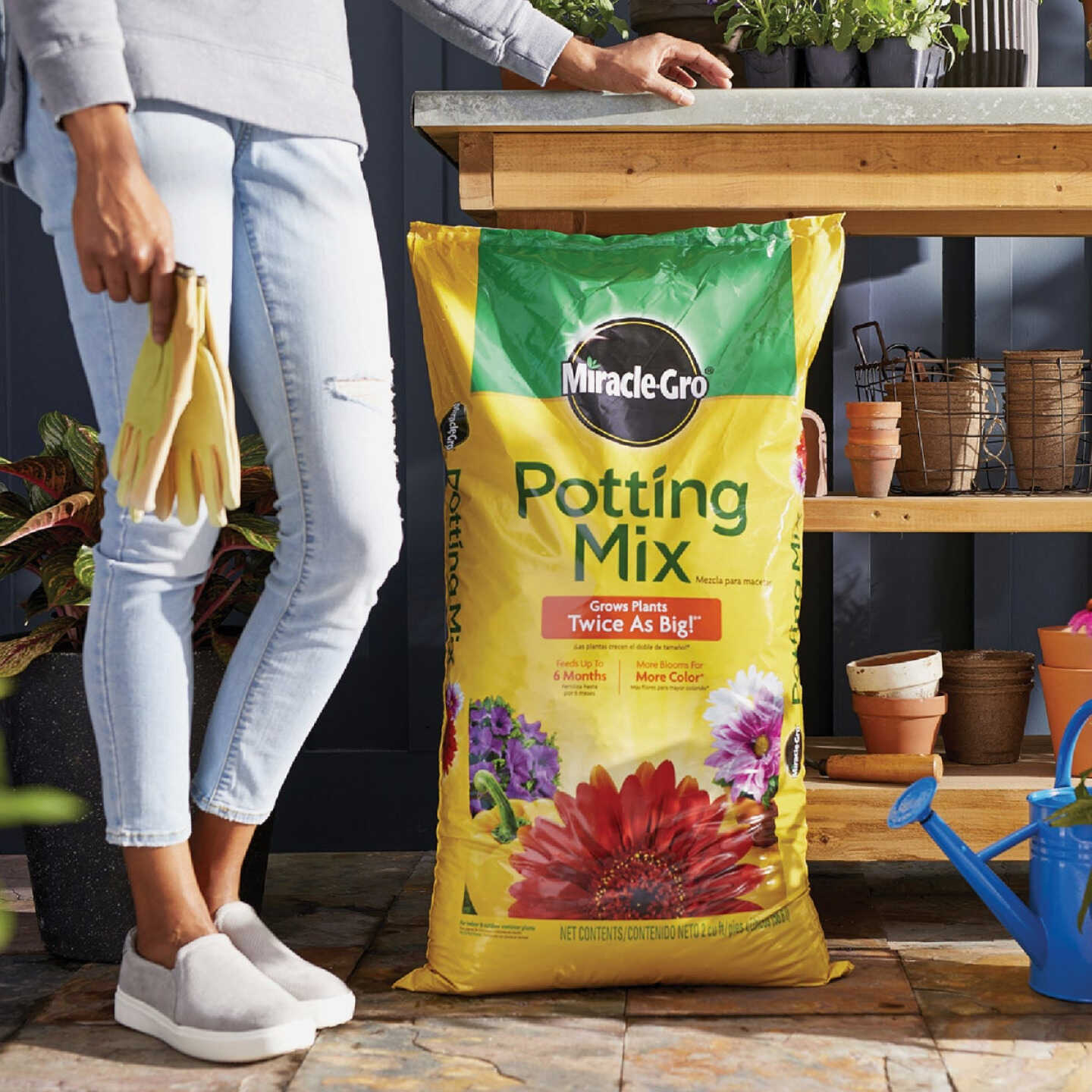
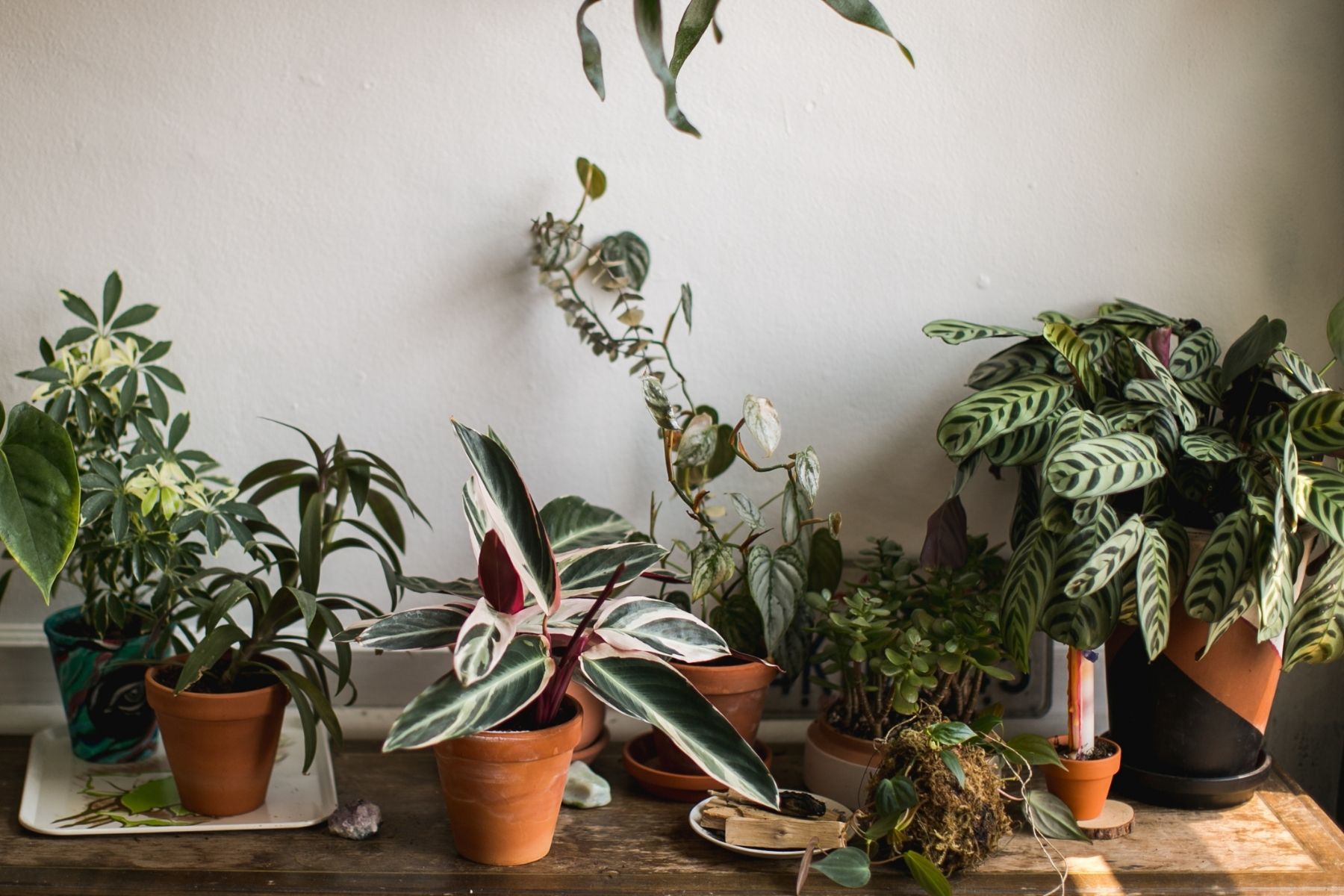

0 thoughts on “How Often To Fertilize Outdoor Potted Plants”